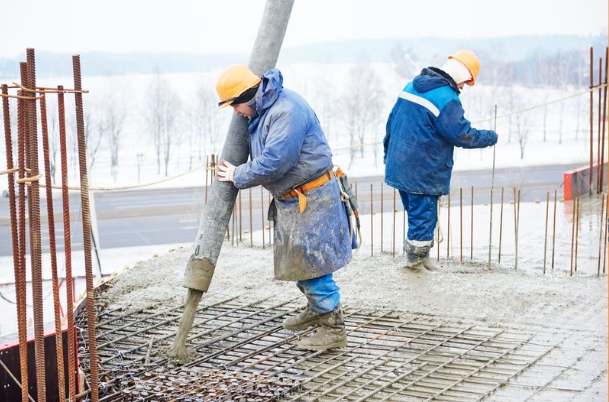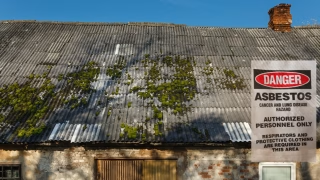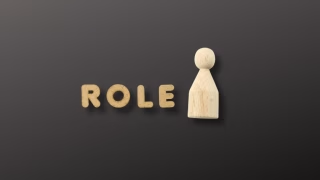
In the construction world, following rules and standards is really important to make buildings safe and reliable. The National Construction Code (NCC) is a set of rules that guides how buildings should be made. In the latest 2022 version of Volume Three, they made some big changes in Part C1, which focuses on plumbing and drainage systems. Let’s see what’s different now:
Changes to Follow Rules Better
The new rules now have clear ways to check if plumbing systems are working well enough. This is especially for checking how air moves and the pressure in the plumbing. These checks will make sure that these systems are doing their job properly.
New Ways to Measure Water Flow
They’ve also introduced new methods to figure out how much water can flow through pipes. These methods help decide the right pipe sizes for different buildings. This means that buildings can have pipes that are the perfect fit for their needs.
New Rules for Dealing with Wastewater on Site
Another important change is a new set of rules in Part C3 that talks about dealing with wastewater on-site. This means there are now rules everyone has to follow when managing and getting rid of wastewater from buildings.
What These Changes Mean
These changes in Part C1 of NCC 2022 Volume Three are meant to make plumbing and drainage systems better. They help by:
– Making sure that checks for plumbing systems are easier to understand and do.
– Figuring out better pipe sizes for different buildings.
– Giving clear rules for handling wastewater from buildings.
Conclusion
The updates in Part C1 of Volume Three in NCC 2022 show that they’re trying to improve how plumbing and drainage work in buildings. These changes are important because they make it easier to understand and follow the rules, ensuring that buildings have the right-sized pipes and proper ways to deal with wastewater.
For more detailed information about these changes, it’s best to look at the National Construction Code (NCC) 2022 Volume Three: Part C1 – Sanitary Plumbing Systems.
Disclaimer: The information provided in this blog is based on publicly available sources. Originally posted via NCC






